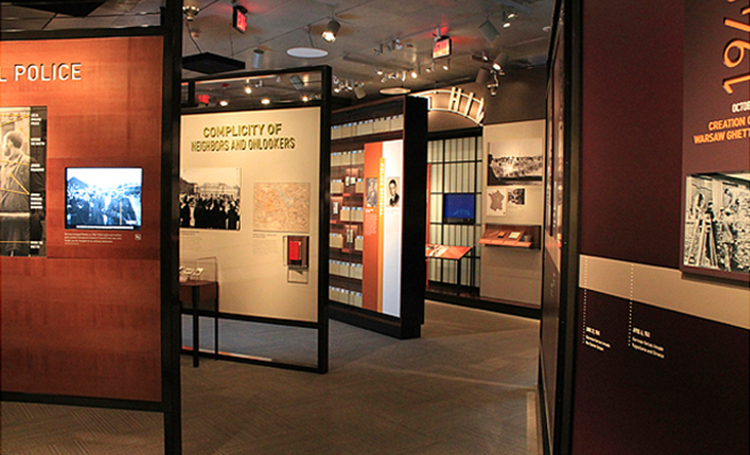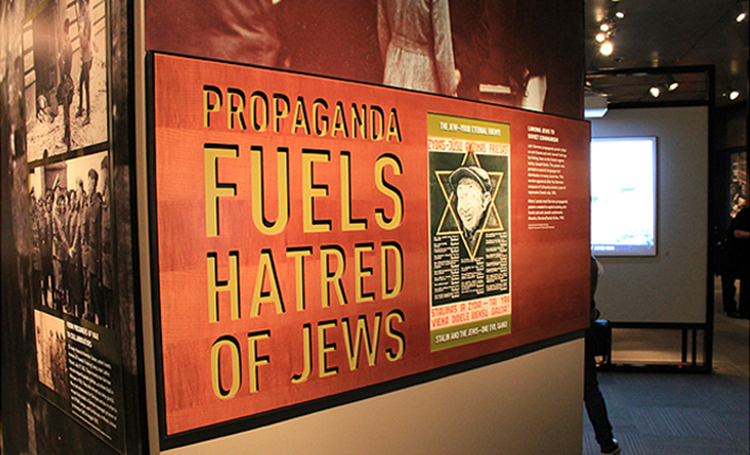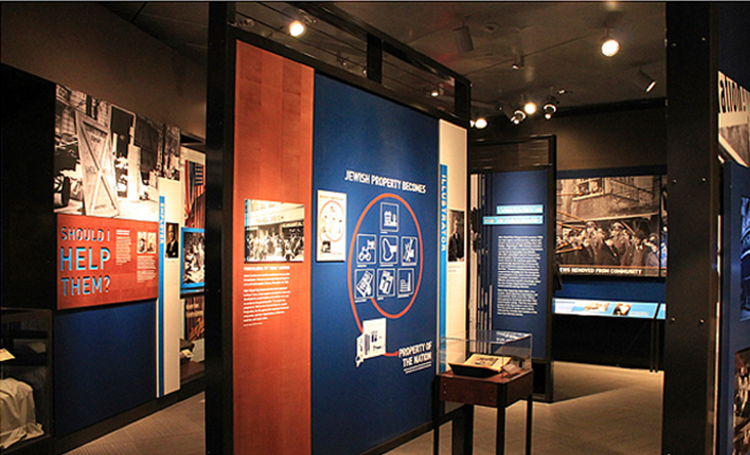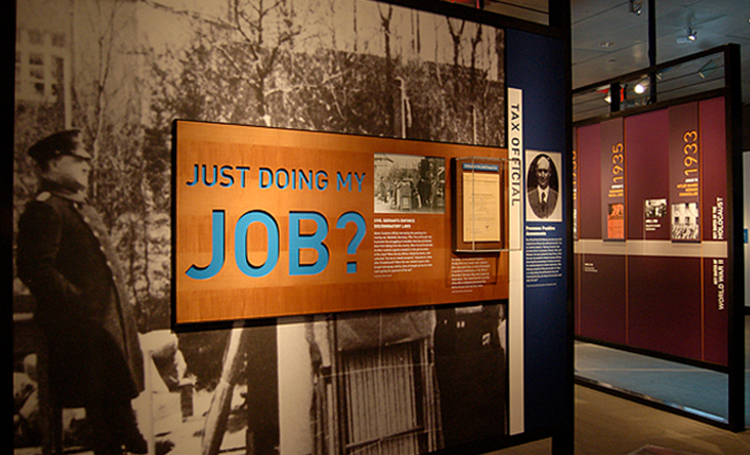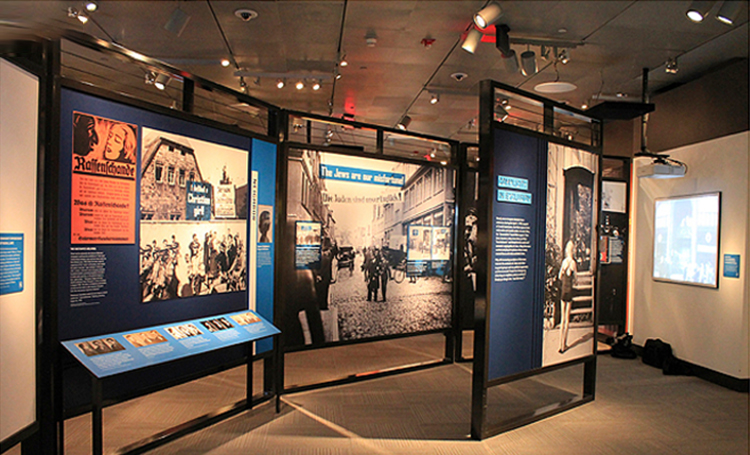Different from general commercial lighting and home lighting, as a display space, museum lighting design and art galleries have similarities.
In the my opinion, the core of museum lighting design is to better display the details of the exhibits and the beauty of the objects, and at the same time avoid the damage of the light radiation to the exhibits! For the basic lighting and direction, these are only very basic requirements.
However, we all know that in order to better express the details and beauty of the exhibits, high-level illumination and color rendering are inevitable, but the level of light radiation brought about by this has also risen. How to solve this contradiction depends on It has become the core issue of museum lighting design.
So, how to do it specifically, to sum up,I believe that there are the following three issues that need our special attention:
①. How to avoid the radiation of light and heat
When the exhibits are illuminated by light, especially when the high-intensity lamps are illuminated, they will simultaneously receive the light radiation and thermal radiation brought by them. In the long run, it will cause damage to the collection. The solutions are as follows:
1. Install an anti-infrared lens for the lamp to filter the infrared radiation in the light source and reduce the heat of the illuminated object;
2. Choose a light source with little or no infrared radiation. For example, LED lamps do not contain infrared radiation, and a small number of special halogen lamps are also equipped with infrared filtering glass. When choosing lighting fixtures for museum exhibits, you can give priority to them.
②. How to avoid the aging of collections caused by light radiation
The above mentioned is the harm of infrared radiation to the collection. In fact, when the collection is illuminated by light, there is also the damage of ultraviolet radiation. The method of avoiding ultraviolet radiation is the same as that of infrared radiation, which is solved by isolating radiation and light source selection:
1. Assemble an anti-ultraviolet lens to filter the ultraviolet radiation in the light source;
2. Choose illuminators with no or very little UV radiation.
③. Reduce light damage through control of contrast
As we said earlier, high illumination itself is also detrimental to some collections. Especially for some collections that are more sensitive to light, it is necessary to strengthen the prevention.
1. For collections that do not require illumination, we can appropriately reduce the illumination and control it between 50~150lx;
2. For some collections with high illumination requirements, we can only solve the problem by reducing the exposure time, that is, shortening the exhibition time.
The above is about some methods and points of attention on how to protect the collection from the perspective of lighting, focusing on the display cabinet. As for the overall lighting design of the museum, we mainly discuss the lighting of the exhibition area and the exhibition space.
①. Exhibit lighting of museum lighting design
Like art galleries, museums are art galleries. Therefore, the lighting of exhibits should deal with the relationship between practicability and aesthetics, pay attention to the balance between the whole and the parts, and the balance between the exhibits and the background in terms of color and illumination.
1. Uniformity: the ratio of the lowest illuminance to the highest illuminance of the picture is not less than 0.7, and the ratio of the extra large picture is not less than 0.3;
2. Contrast: The most important thing in the museum is the exhibits. Therefore, the lighting needs to highlight the exhibits. It is recommended that the brightness ratio of the exhibits and their background be controlled between 3:1 and 4:1;
3. Visual adaptation: The brightness adaptation level of the eyes to the illuminated object is related to the average brightness in the field of view. Therefore, the brightness range of each area in the museum should be limited, and the ratio of the maximum brightness to the minimum brightness should not exceed 4:1;
4. Color rendering: This is very important! Especially for paintings, fabrics, ceramics and other colorful artworks, the higher the color rendering of the lighting, the better. In theory, Ra>90 is appropriate, otherwise it is easy to cause color distortion;
5. Glare: It is necessary to fully control glare and secondary glare (also known as reflected glare) through reasonable design, installation and debugging;
6. Accent lighting: For the wonderful things, it is realized through accent lighting (of course, for the exhibits, it is mainly based on accent lighting).
②. Exhibition space lighting of museum lighting design
The light environment of the museum space should be considered in a unified manner in combination with architectural design, interior design and display design. At the same time, fully considering the combination of natural light and artificial lighting, the lighting of the exhibition space should not only create a charming space environment, but also not distract the attention of the visitors to the exhibits.
Therefore, the ratio of the illuminance on the surface of the exhibits to the illuminance suitable for the indoor space environment is 3:1.
The museum is a place where indoor lighting is difficult to grasp and design. Whether it is scheme design, lighting selection, installation and debugging, there are strict requirements. Therefore, museum lighting design has very high requirements on lighting design companies.


